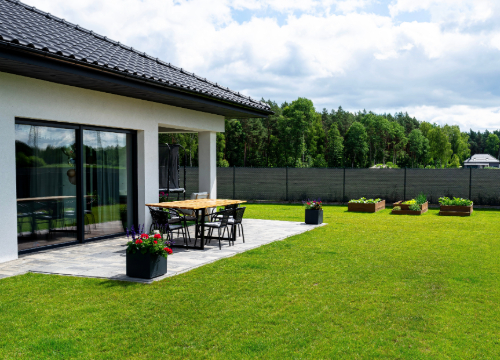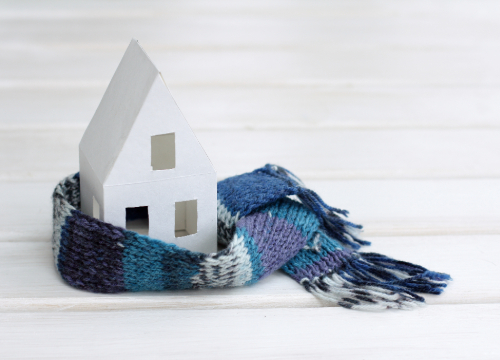After decades of service, traditional home alarm systems monitored by security companies have been facing stiff competition. New Zealand has seen a surge in wireless internet connected systems you can usually install yourself.
Morepork got DIY security started
The Morepork system from Spark was heavily advertised, bringing this new type of DIY home security to everyone’s attention. Many people were interested in the idea of video monitoring that you could control from an app on your phone. There are clear benefits in being able to see what’s happening on your front porch or in your home. With the Video Doorbell, you can even talk to people at your front door. And you can do all this from your mobile phone, no matter where you are.
Morepork includes secure data storage for replay and review of video footage, plus easy DIY installation. It also comes with a free starter pack worth $498, which gives you a control panel, three door/window sensors, an image sensor and a video camera.
The downside for many Kiwi families, however, is the $39.95 a month subscription and being locked into a 12-month contract.
Many other smart security systems soon followed
After Morepork, the market became flooded with a wide range of DIY security options that don’t lock you into a contract. They also come with cheaper monthly plans or no plan cost at all. You simply buy the equipment you need, but that means more of an upfront cost.
Choices range from simple internet security cameras that alert your phone when motion is detected, to integrated home security kits with all kinds of optional sensors, cameras, alarms, microphones and speakers. However you need to keep in mind that wireless systems may require a WiFi extender if you need to position components a long way from your router
The challenge now is deciding which system is best for you and your home, so here’s a quick overview of three popular security system kits to get you started.
Nest Cam home security review
Nest is a Google company. In New Zealand, the optional components of their straightforward smart security system include an indoor camera, an outdoor camera, and a combination carbon monoxide and smoke detector. The Nest system doesn’t include an audible alarm. It notifies your mobile phone, so you can see what’s happening live and talk or shout via the camera if you want to. They sell other components in the USA but not in New Zealand yet.
The outdoor camera has 1080p video and two-way communication, which means you can listen and talk to someone through the camera from your phone. It’s also waterproof and has a wide 130° viewing angle. You can pick one up for around $300. There’s also a Nest IQ camera for around $540, which has much higher resolution and additional features, such as automatically zooming in on a person in high resolution, following them around and showing them via a picture-in-picture format.
The main drawback for many people may be that Nest cameras are not battery powered, so you might need an electrician to hardwire your outdoor cameras through the ceiling cavity. The plus side is there are no batteries to recharge.
Arlo home security system
The Arlo Pro system has a lot going for it. It’s wireless and battery powered, so DIY connection is a breeze. The cameras are weatherproof, allowing you to put them where you like. They also have night vision and 1080p video. At the time of writing, you get free cloud storage for up to seven days of your latest HD security video recordings; instead of being continuous, are triggered by both movement and sound. And there’s a 100 decibel alarm to chase away any intruders.
The system has quite a big central box that you connect to your internet router with an ethernet cable. This may not be ideal if your router is in a very visible location. The main downside for some people will be the upfront cost. They come in two, three and four camera packages. A full Arlo Pro system with four cameras will set you back around $1600, while the higher resolution 4K Arlo Ultra model offers a three camera system for around the same price.
Ring security camera and video doorbell
Ring offers a range of wireless outdoor cameras with a built-in spotlight that’s motion activated and a 110 decibel alarm. They send an alert to your mobile phone when movement is detected. They also come with two-way audio, so you can listen and talk from your phone through the camera. The outdoor cameras range in cost, but you can pick them up for around $400 and you can view live footage on your phone for no cost. There’s also the option to have 60 days of cloud storage for $4.50 a month.
In addition, Ring sells two wireless video doorbells, the Ring and Ring 2, which also connect to your phone and offer two-way audio. They sell for around $200 and $380. The more expensive model offers higher quality video, a quick release battery pack for easier recharging and customisable sensor zones.
While considering the security of your home remember to think about house and contents insurance.
You might also like...
-
 December 2024Lifestyle Blog | State Insurance
December 2024Lifestyle Blog | State InsuranceSurviving the holidays
-
 September 2024Lifestyle Blog | State Insurance
September 2024Lifestyle Blog | State InsuranceSpring prep your home and garden.
-
 June 2024Lifestyle Blog | State Insurance
June 2024Lifestyle Blog | State InsurancePreparing your home for winter
